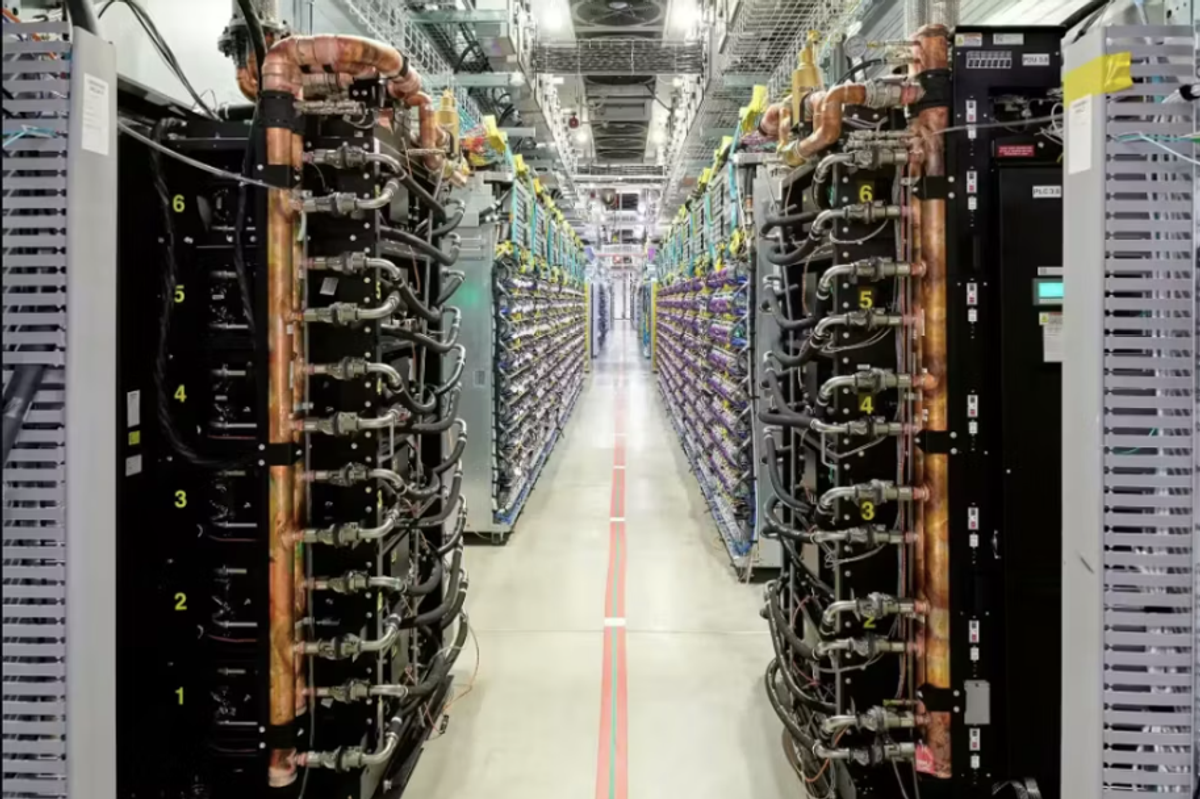ESG has moved from sidelines to strategy — here's what that means for Houston companies
guest column
The Houston business community has embraced environmental, social, and governance investments, with a majority of deals in the past two years valued at $50 million or more, per PitchBook Data, Inc. In 2022, Houston companies invested just more than $1.25 billion in clean technology, climate technology, and impact investing. Nationwide, ESG investments totaled north of $15 billion across 330 deals, according to Deloitte’s latest Road to Next report, released late in 2022.
What might this mean for Houston companies? In our view, it demonstrates that ESG appears to be moving from sideline to strategy and in the process, providing potential wins across multiple fronts for companies. As companies prepare for upcoming SEC regulations around reporting greenhouse gas emissions, much of the work they’re doing is not simply “because we have to.”
Increasingly, businesses are realizing that prioritizing ESG can be good for the bottom line, for the planet and for employees. As they prioritize ESG, they’re involving teams, accepting accountability and often reaping the benefits of ESG reporting, according to Deloitte’s 2022 Sustainability Action Report. The report surveyed 300 legal, accounting, finance, and sustainability leaders from companies with annual revenue of $500 million or more. Here are some ways that ESG activity is becoming part and parcel of corporate life.
Teamwork. Fifty-seven percent of executives surveyed note that their companies have assembled cross-functional ESG teams, and another 42 percent say they plan to. That’s a considerable increase from 2021, when a similar study showed that only 21 percent of respondents had such teams in place.
Accountability. A large majority (89 percent) of executives polled have enhanced internal goal setting and accountability mechanisms to promote readiness. These executives realize that their companies can have both an impact and dependence on the environment and society, and that ESG reporting measures may not just be reporting requirements, or a box to check, but a meaningful way to align strategy with commitments to sustainability and the social good.
Proactive moves. Nearly all (96 percent) of executives surveyed plan to seek external assurance for the next reporting cycle. Among executives in the oil and gas sector, 67 percent say they will continue to obtain assurance and 31 percent will seek it for the first time. Executives are also proactively investing in technology and tools to help them meet reporting needs, with around half saying they are very likely to invest in these tools in the next 12 months. These planned investments indicate that leaders appear confident in the business benefits of ESG.
Reaping the benefits. ESG commitments, it turns out, can be good for business. They are yielding benefits, including attracting and retaining talent, increasing efficiencies and ROI, boosting trust among stakeholders, and enhancing brand reputation. Another, perhaps surprising benefit of enhanced reporting is that it can enable some companies to premium-price their products, a benefit acknowledged by nearly half (49 percent) of respondents.
Facing challenges. Businesses have challenges, especially when something new comes along. While many executives (61 percent and 76 percent, respectively) are prepared to disclose Scope 1 and Scope 2 greenhouse gas emissions, Scope 3 remains a challenge because it involves data from external vendors. As such, only 37 percent of executives surveyed are prepared to disclose Scope 3 details, the top challenges cited being lack of confidence in the data supplied by external vendors as well as lack of data availability.
In just over a year, we’ve seen ESG reporting morph into a powerful tool, one that can inform business strategy. We expect that in the coming years, leaders may see even more benefits from ESG reporting and integrate it even more fully into the way businesses are managed.
------
Amy Chronis is the Houston managing partner and vice chair of energy and chemicals at Deloitte. Geoff Tuff is the sustainability leader for ER&I practice at Deloitte. This article originally ran on InnovationMap.










